 In recent years, fixed-rate mortgages have been overwhelmingly popular with borrowers. Indeed, the Office for National Statistics reports that 86% of UK mortgages are being repaid on fixed rates of interest.
In recent years, fixed-rate mortgages have been overwhelmingly popular with borrowers. Indeed, the Office for National Statistics reports that 86% of UK mortgages are being repaid on fixed rates of interest.
Fixed rates give you the security that you know what your mortgage repayments will be for a certain term. You know that whatever happens to interest rates your monthly outgoing will remain the same until your deal expires.
If you’re buying a new home, or your mortgage deal is expiring and you are shopping around for a new product, a fixed rate might be at the top of your shopping list. However, you will have a choice of whether to take a short-term fixed rate (perhaps two years) or a longer five- or 10-year deal.
To help you understand the choices available to you, here are the pros and cons of two-, five- and 10-year fixed-rate deals.
A 2-year fixed rate offers security with the option of reviewing
Two-year fixed deals are among the most popular with borrowers. They give you the certainty that you know what your repayments will be for a fixed period, alongside the flexibility to review your arrangements in a couple of years when the deal ends.
One of the reasons you might want to consider a shorter-term fixed rate now is that, as you read previously, many analysts believe that UK interest rates will start to fall in 2024 and beyond, as inflation moves back towards the Bank of England’s 2% target.
Consequently, if the base rate is lower in a couple of years, you may be able to remortgage onto a lower interest rate in two years’ time. While there is no guarantee that the base rate will be lower than it is now, many experts predict that it will have fallen from the January 2024 level of 5.25%. This means that mortgage deals could be cheaper than they are today.
Of course, there are disadvantages of two-year deals also.
Firstly, in the current market, a two-year deal is likely to be more expensive than alternative options. For example, Moneyfacts reports that, in December 2023, the average cost of a two-year fixed-rate deal is 5.98% – around 0.4% more than you would pay for the average five-year deal.
On a £400,000 repayment mortgage over 20 years, choosing the average two-year deal would cost around £90 more each month than the average five-year product.
5-year deals give you peace of mind for longer – but beware the early repayment charges
A five-year fixed rate gives you the peace of mind that your mortgage repayments won’t change for half a decade, irrespective of what happens to the economy during that time. It can help you to budget for the medium term and give you the security and certainty that your repayments won’t change.
And, as you read above, the cost of the average five-year deal is presently lower than shorter-term products, making it a cheaper option.
There are two main disadvantages of choosing a five-year fixed-rate deal.
Firstly, while a fixed rate protects you against interest rates rising, you will not benefit from any reductions in interest rates during the fixed period. So, if interest rates were to fall over the next few years (as many analysts believe they will) you wouldn’t see any reduction in your repayments.
Secondly, fixed rates generally come with an “early repayment charge” (ERC). This is a fee a lender charges if you were to pay off some or all of your mortgage within the five-year period.
For example, an ERC would apply if you decided to sell your home and then didn’t immediately take out a new mortgage, or if you decided to switch your mortgage to another lender during the fixed period.
Five years can be a long time to commit to a deal, so if you’re uncertain whether your circumstances will change in the coming years, or you know you’ll need the flexibility to make changes, an alternative type of deal may be more appropriate.
Remember also that there is no guarantee you’ll be able to take the mortgage with you if you move home.
Even though many mortgages are “portable” (meaning you can take the rate with you if you move to another property), there is no guarantee the lender will let you do this – for example, if your circumstances or income have changed, or the property you want to buy doesn’t fit your lender’s criteria.
10-year deals are less common, but can give you great peace of mind
In many ways, the benefits and disadvantages of a 10-year fixed rate are the same as a five-year option. You know exactly what the repayments will be for the medium term, you are protected against interest rate rises, but you also won’t benefit if rates were to fall over that period.
One advantage of a longer-term deal is that it can be less hassle and result in lower fees. Changing your mortgage every couple of years can mean paperwork and admin, alongside arrangement or other fees for setting up a new deal – although the savings you make can often more than offset these charges.
However, 10-year deals are less common than other products and so you may find it harder to be agreed for one.
Moreover, lenders are likely to levy an ERC if you repay some or all of your mortgage within the 10-year period. Can you be sure that your circumstances won’t change during that time?
Speak to a professional for help
So, should you choose a two-year, five-year, or 10-year deal?
The simple fact is that the answer will be different for everyone. The right deal for you is not necessarily just about the cost – it’s about other facts such as whether you need flexibility, and whether peace of mind and certainty is important to you.
With more than 5,600 mortgage deals in the market as of November 2023, finding the right one for you can be tricky – and that’s where we come in.
We can scour the market for you to find the right fixed rate for you, and we can give you advice on whether a shorter- or longer-term deal might suit you best.
So, if you’re unsure what to do next, please get in touch. Email [email protected] or call us on +44 (0) 20 3411 0079.
Please note
Your home may be repossessed if you do not keep up repayments on a mortgage or other loans secured on it.




